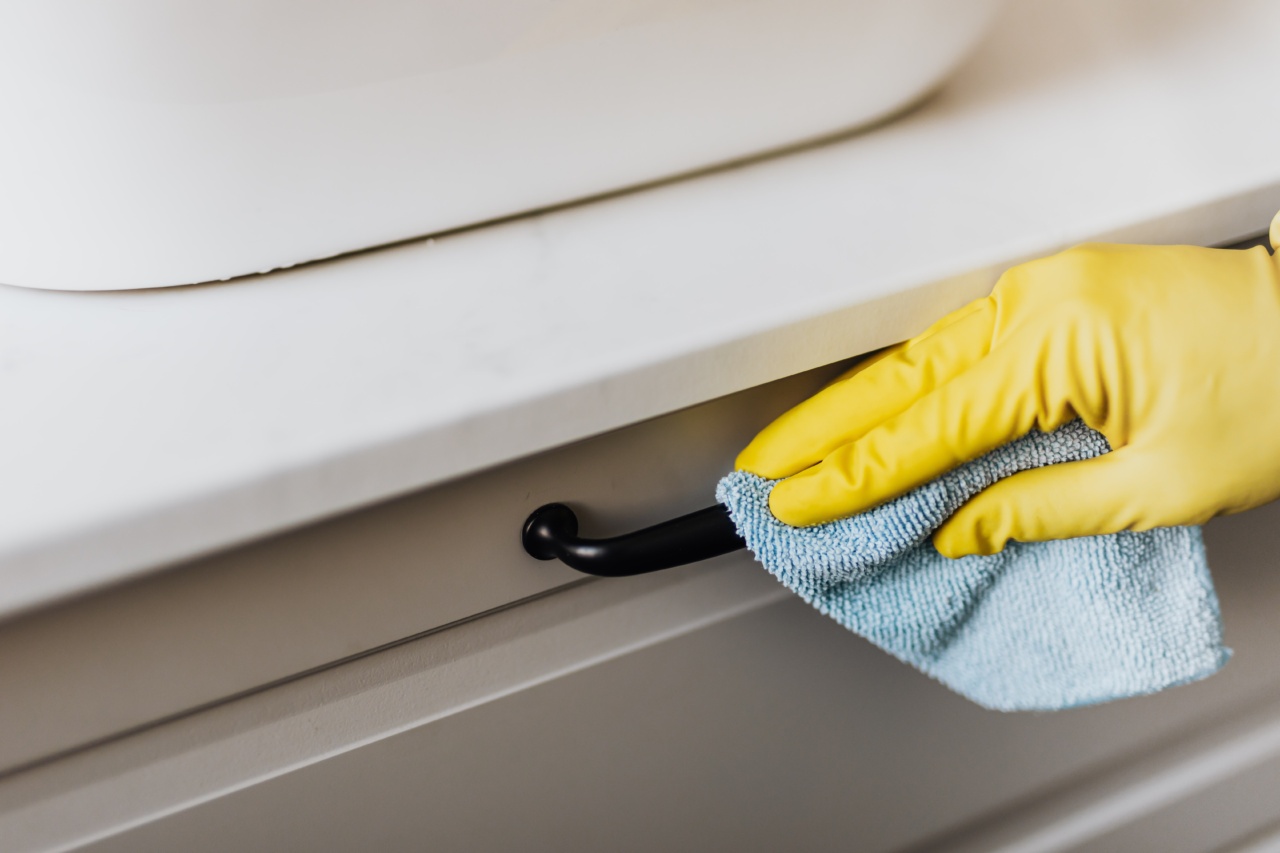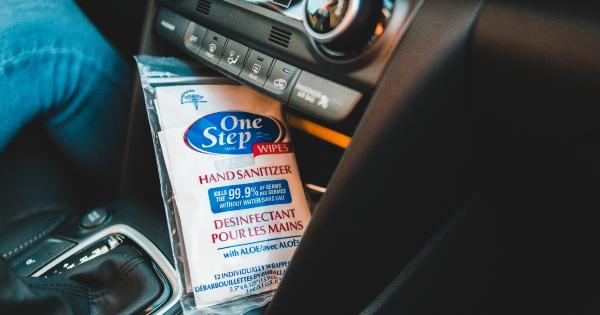Antimicrobial wipes have been a staple in households and workplaces for years. They are marketed as a convenient way to eliminate germs and bacteria from surfaces quickly and efficiently.
These wipes are advertised to clean and disinfect countertops, doorknobs, and other surfaces that are frequently touched, making it seem like they are the perfect solution to maintain cleanliness and hygiene.
However, the dirty truth about antimicrobial wipes is that they may not be as effective as we may think. These wipes may not be as safe for humans and the environment. The reality is that these wipes may be doing more harm than good.
How Antimicrobial Wipes Work
Antimicrobial wipes typically contain chemicals such as quaternary ammonium (quat) compounds, sodium hypochlorite, and hydrogen peroxide, which can kill bacteria, viruses, and fungi.
The chemicals in the wipes are supposed to work by breaking down the bacterial cell walls or interfering with their metabolic processes.
However, recent studies have shown that antimicrobial wipes may not be as effective in killing bacteria as we thought.
A study published in the Journal of Hospital Infection found that wipes containing antimicrobial agents may not be as effective in penetrating the biofilm present on most surfaces. Biofilm is a sticky layer of microorganisms that form on surfaces, providing a protective layer against disinfectants.
Antimicrobial wipes may not be able to penetrate this barrier effectively, which means that they may not kill all the bacteria present on the surface.
The Health Risks Associated with Antimicrobial Wipes
While antimicrobial wipes may be advertised as safe and effective, there are potential health risks associated with their use. These health risks can arise from the chemicals present in the wipes and their long-term exposure.
The chemicals present in the wipes, such as quaternary ammonium and sodium hypochlorite, can be irritants and have been known to cause skin, eye, and respiratory irritations.
Prolonged exposure to these chemicals can also increase the risk of asthma and allergies.
Another potential health risk is the development of antibiotic resistance. Overuse of antibacterial products such as antimicrobial wipes can lead to the development of antibiotic-resistant strains of bacteria.
This can make treating infections more challenging, leading to increased healthcare costs and mortality rates.
The Environmental Impact of Antimicrobial Wipes
The use of antimicrobial wipes is also harmful to the environment.
Most of these wipes are made from synthetic materials that are not biodegradable, which means they do not break down easily and can end up in landfills, contributing to environmental pollution. Additionally, the chemicals in the wipes can be harmful to aquatic life and have negative effects on water quality.
Alternatives to Antimicrobial Wipes
Fortunately, there are safer and more environmentally friendly alternatives to antimicrobial wipes. One alternative is to use microfiber cloths that are effective in cleaning surfaces without the use of chemicals.
These cloths can be washed and reused, making them a more environmentally friendly option.
Another alternative is to use natural disinfectants, such as vinegar or hydrogen peroxide, which are known to be effective in killing bacteria and viruses without the harmful chemicals present in antimicrobial wipes.
The Bottom Line
The dirty truth about antimicrobial wipes is that they may not be as effective as we thought. Using these wipes can pose potential health risks and harm the environment.
It is essential to explore safer alternatives to maintain cleanliness and hygiene while minimizing harm to ourselves and the planet.






























